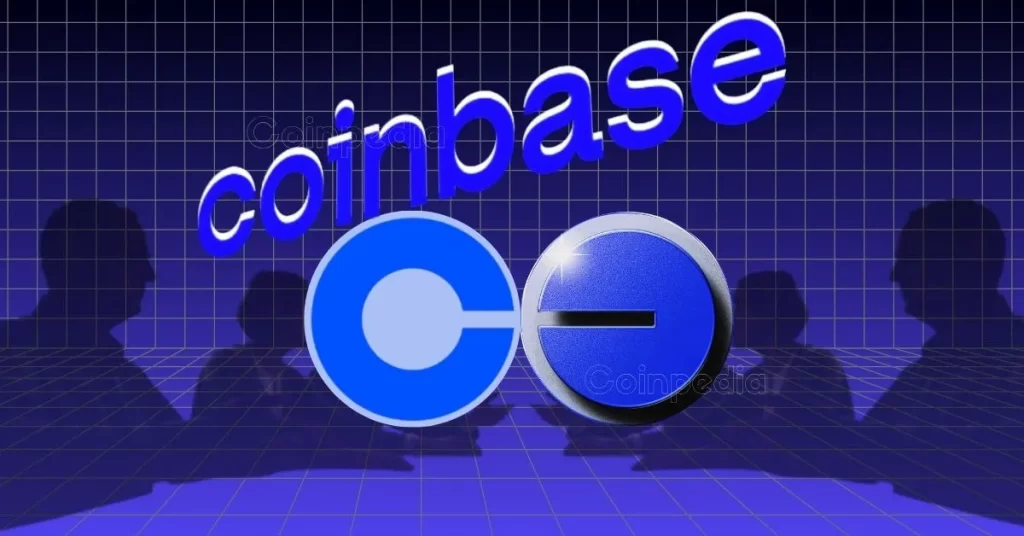SummaryFor the first time since the PoS merge, the Ethereum network burned more coins than it issued in a 7-day period.What's interesting about that deflationary week for ETH is it didn't really require a big boost in transaction fees to do it.If Ethereum sees continued adoption and usage as a smart contract chain, there is a feedback loop from EIP-1559's burning mechanism that should drive ETH much higher.It has been almost exactly a month since the Ethereum (ETH-USD) network was successfully changed from a proof-of-work network to a proof-of-stake network. Since the time of "The Merge," what was widely believed to be a bullish investment catalyst has largely served as a buy the rumor, sell the news event.Seeking AlphaEthereum is now down about 13% since Beacon became the main chain for transaction validation. While the decline following the completed merge came fairly quickly, Ethereum has yet to really threaten the mid-June lows as it has largely bounced around between $1,250 and $1,350. With all risk markets seemingly waiting for the Fed's next move, Ethereum may have just made its case for higher prices regardless of what the central bank does; ETH just became a deflationary asset.ETH SupplyIn addition to reducing the amount of energy required for bringing new coins into existence, the Ethereum Merge has also drastically slowed the issuance of ETH. Since the merge, a little over 7,000 ETH have been issued. This is a massi...
 Coinbase Delists MOVE Token Amid Controversy
Coinbase Delists MOVE Token Amid Controversy